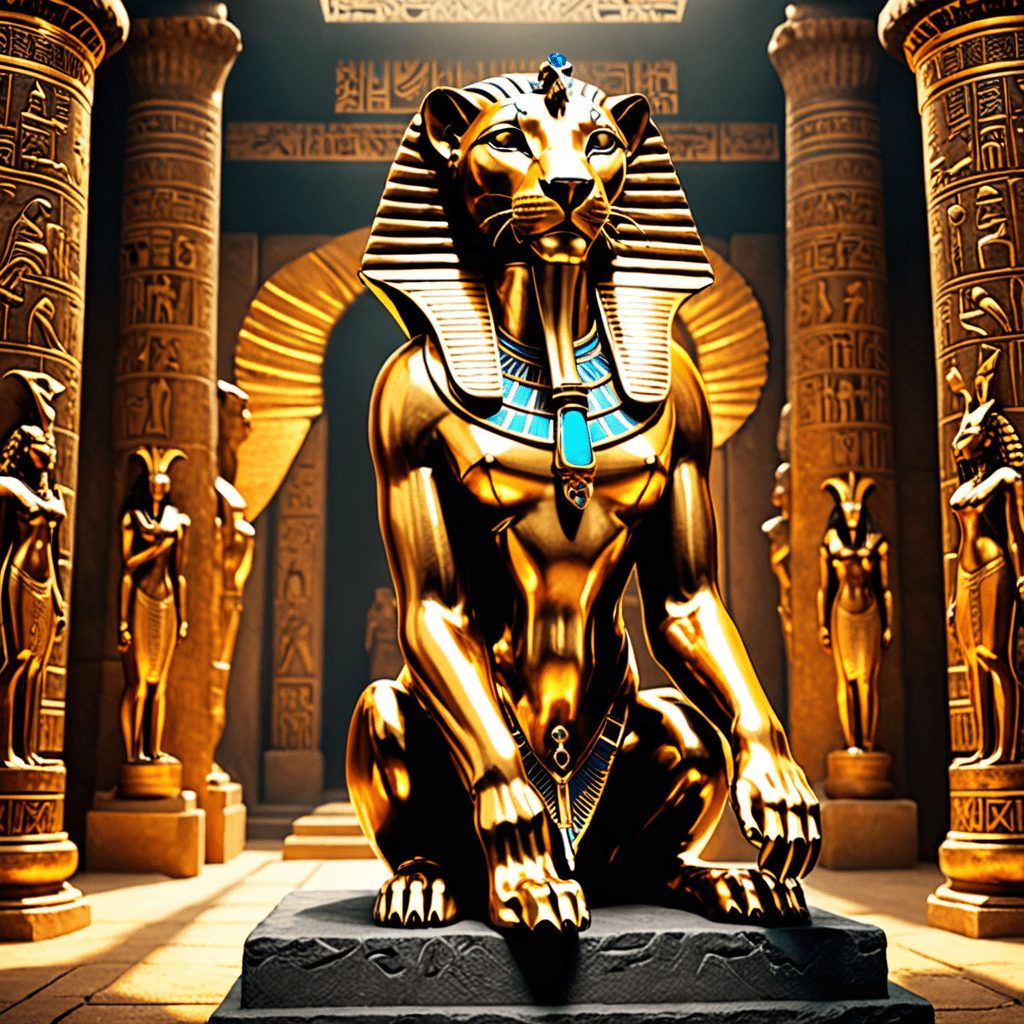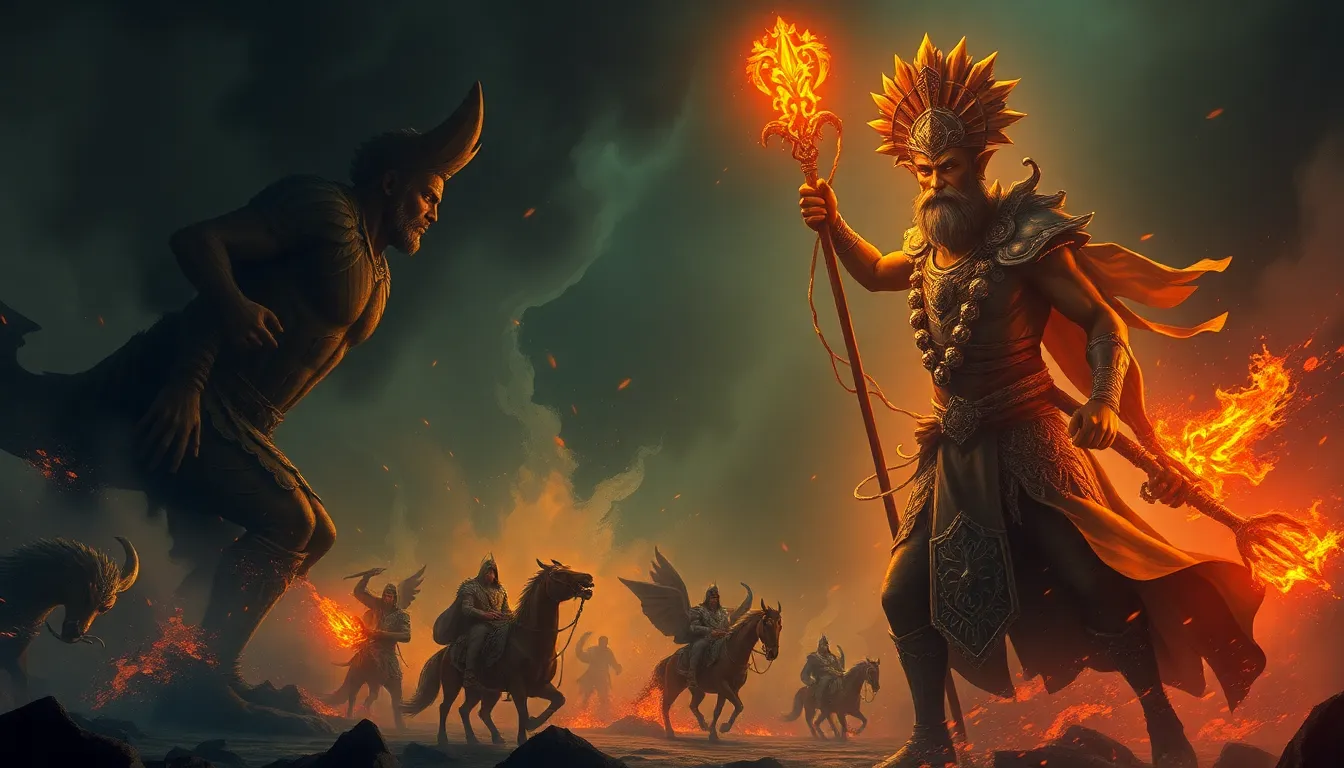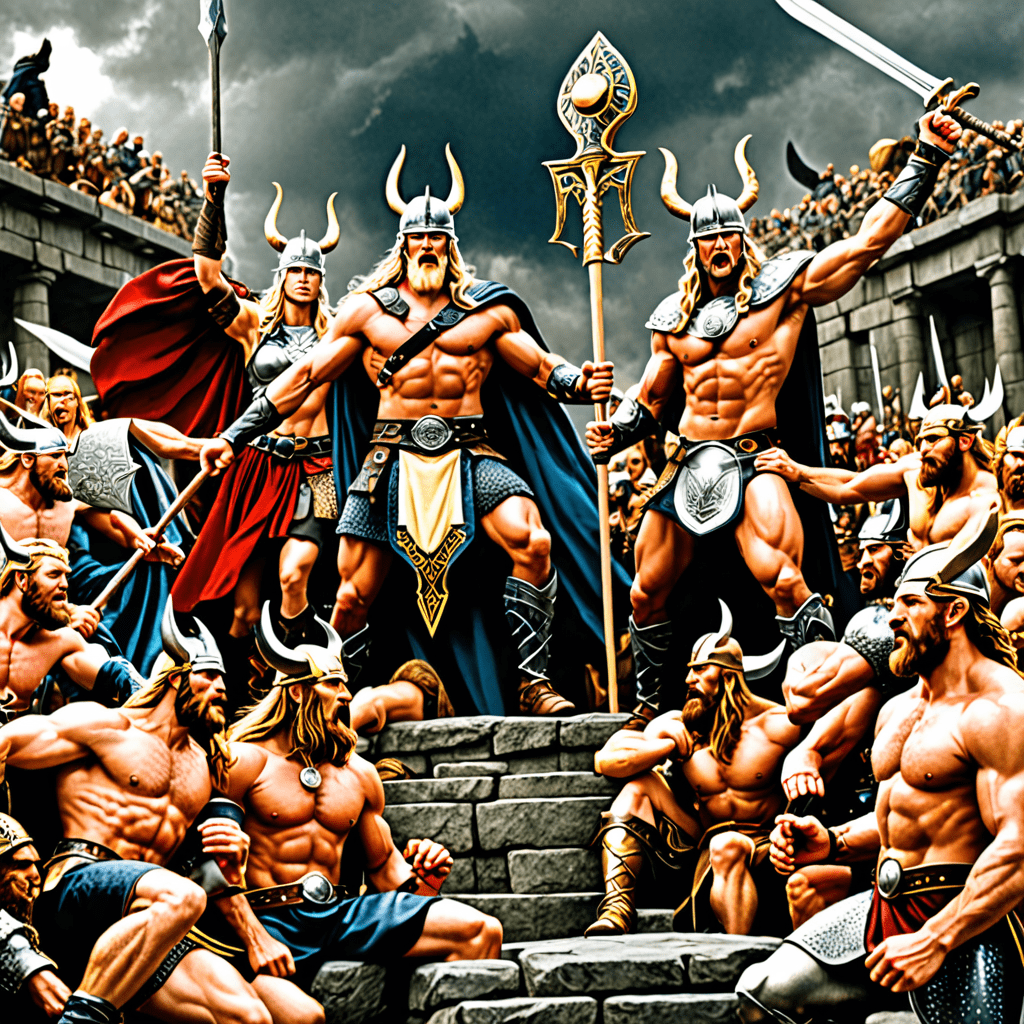The Myth of the Goddess Sekhmet in Ancient Egypt
Ancient Egyptian mythology is rich with tales of powerful deities, and among them is the fearsome goddess Sekhmet. Let’s delve into the myth surrounding this iconic figure who embodies both destruction and healing.
Who is Sekhmet?
Sekhmet is a lioness-headed goddess associated with war, violence, and diseases in Ancient Egyptian mythology. She was believed to breathe fire and have the power to cause plagues and epidemics. However, she was not merely a destructive force; Sekhmet was also a protector of the pharaohs and a fierce guardian of Ra, the sun god.
The Myth of Sekhmet
According to myth, Ra, the sun god, grew disappointed with humanity due to their disobedience and planned to punish them by sending Sekhmet to unleash her wrath upon the earth. Sekhmet carried out her duty tirelessly, ravaging the land and causing chaos wherever she went. The devastation was so immense that Ra eventually regretted his decision and tried to stop her.
The Transformation of Sekhmet
To prevent Sekhmet from eliminating all of humanity, Ra devised a plan. He instructed his followers to brew beer mixed with red ochre to resemble blood. Sekhmet, thinking it was blood, drank the concoction to fulfill her insatiable thirst for destruction. The fermented brew intoxicated her, and she fell into a deep slumber, sparing humanity from complete annihilation.
In her weakened state, Sekhmet transformed from a vicious warrior to a benevolent healer. When she awoke, she became Hathor, the goddess of love, music, and joy. Through this transformation, Sekhmet exemplifies the duality of power and compassion, destruction and creation present in Egyptian mythology.
Today, the legend of Sekhmet endures as a reminder of the balance between chaos and order, destruction and healing, within the divine realm and the mortal world.
FAQs about the Myth of the Goddess Sekhmet in Ancient Egypt
Who was Sekhmet in Ancient Egyptian mythology?
Sekhmet was a powerful goddess in Ancient Egyptian mythology, often depicted with the head of a lioness. She was associated with war, healing, and protection.
What was Sekhmet’s role in Ancient Egyptian beliefs?
Sekhmet was believed to be a fierce protector of the pharaohs and a bringer of both disease and healing. She was seen as a symbol of the destructive forces of nature and the necessary balance between chaos and order.
Why was Sekhmet feared and revered by the Ancient Egyptians?
Sekhmet was feared for her ability to unleash destruction and plague upon humanity. However, she was also revered for her protective powers and her role in healing those inflicted by disease, embodying the duality of life and death.
How did the Ancient Egyptians honor Sekhmet?
The Ancient Egyptians honored Sekhmet through rituals, offerings, and festivals dedicated to her. They believed that by appeasing her through prayer and offerings, they could seek her protection and blessings in times of need.
What lessons can be learned from the myth of Sekhmet?
The myth of Sekhmet teaches us about the balance of power and the importance of respecting the forces



